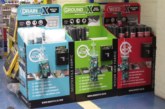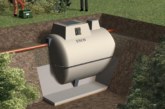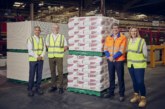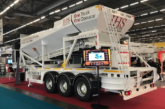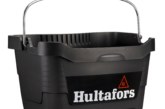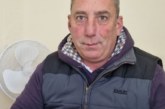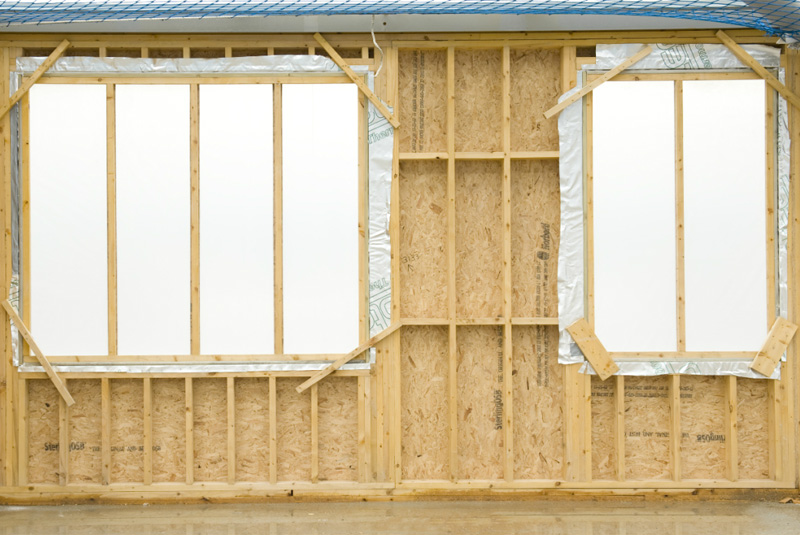
Norbord states that its new SterlingOSB Zero range — which features zero-added formaldehyde (ZAF) — will facilitate safer construction and healthier buildings, amongst a host of other performance benefits. PBM reveals more.
Said to be one of the world’s largest manufacturers of oriented strand board (OSB), earlier in the year Norbord officially opened a new manufacturing plant in Inverness, Scotland — a £95m investment which has more than doubled production capacity at the facility.
As reported in PBM’s October edition, the new production line has also made it possible to change the composition of the board and to eliminate any trace of formaldehyde in the resin used to bind the flakes of wood, making ‘SterlingOSB Zero’ the “branded product of the future”.
Indeed, a new family of products has been developed and comprises SterlingOSB Zero 3, SterlingOSB Zero Tongue and Groove, SterlingOSB Zero SiteCoat, SterlingOSB Zero Fire Solutions and SterlingOSB Zero StrongFix. Traditional OSB contains urea-formaldehyde (UF) or melamine-urea-formaldehyde (MUF) binders, however the new SterlingOSB Zero range uses a methylene diphenyl diisocyanate (poly-urethane MDI) resin to bind the thousands of strands that make up each board.
Formaldehyde is a known carcinogen that can pose a health risk, especially when the board is being sawn, drilled or sanded. As well as being healthier, a ZAF board is said to offer superior performance compared to conventional low-e72mission boards made with UF or MUF as the MDI binder has better mechanical properties including a stronger internal bond and a “lower modulus of rupture” than UF/MUF boards.
A ZAF board is also more moisture resistant and therefore subject to less swelling in humid environments such as kitchens and bathrooms, whilst it is stiffer and less prone to ‘creep’. Boards made with pMDI binders also contain less resin — and hence more wood — than traditional boards, meaning they are ‘greener’. Furthermore, the pMDI binder cures at a lower temperature than UF/MUF resins so less heat energy is consumed during manufacture.
It is also safer to produce since pMDI resin uses water as a catalyst in the curing process; UF/MUF resins need the addition of ammonium nitrate — an explosive chemical — to harden.
As referenced previously, one of the products in the extended family of products is SterlingOSB Zero StrongFix. Designed specifically for drylining applications and to navigate the common challenge of a weak plasterboard substrate, the product is described as “a precision engineered oriented strand board (OSB) with a special groove machined into the edge for metal C-studs at 600mm centres”.
The manufacturing process ensures the boards have a consistent density which means that users can attach fixings, hang pictures or fit items of furniture securely anywhere on the panel. Indeed, in accordance with the requirements of BS5234 Part 2, SterlingOSB Zero StrongFix is said to achieve excellent pull-out ratings and is capable of supporting heavy weights of up to 400kg with standard wood screws.
SterlingOSB Zero StrongFix is supplied in 18mm-thick, 2,400 x 597mm panels with 50 sheets per pack. Non-standard sizes are available on request.
Like all Norbord OSB products, SterlingOSB Zero is made from forest thinnings taken from sustainably managed forests. All of the company’s production sites in Europe produce wood-based materials that are certified according to the guidelines of the FSC or PEFC.



